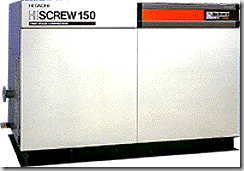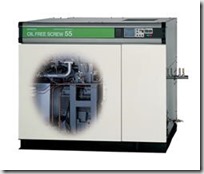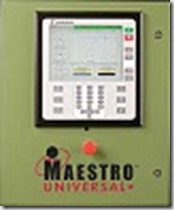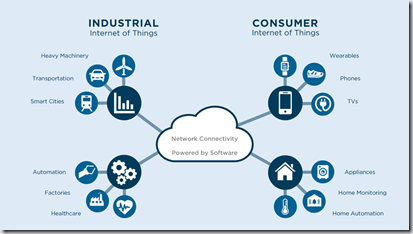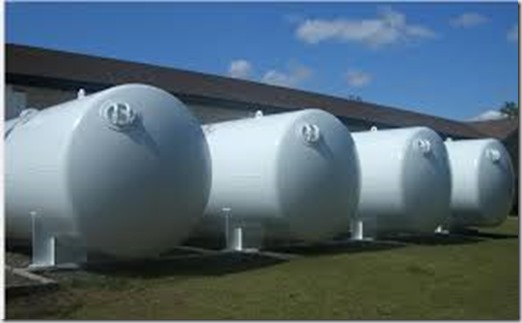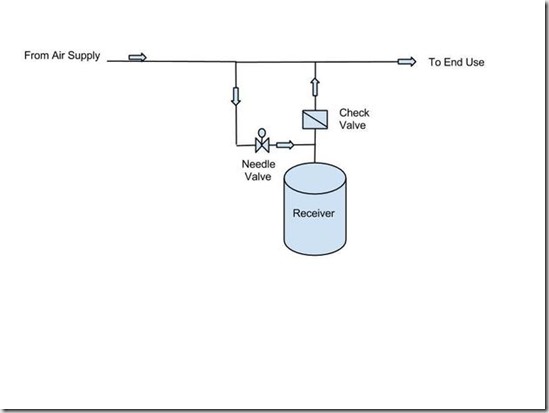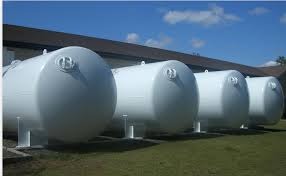Simply put, does the drawing left of the red line (Supply) match the right side (Demand) in terms of air flow and pressure? Does it continually match? Likely it does not as demand is in constant fluctuation whether from changes in use, shift change or downtime.
Within a compressed air system, the system dynamics (changes in demand over time) are especially important. Using controls, storage, and demand management to effectively design a system that meets peak requirements but also operates efficiently at part-load is key to a high performance compressed air system.
In many systems, compressor controls are not coordinated to meet the demand requirements, which can result in compressors operating in conflict with each other, short-cycling, or blowing off are all signs of inefficient system operation.
As in most relationships, the key is communication. Communication between the compressors so that each (or a central controller) knows the status of all the other units. Communication is also key between the compressors (or central controller) and the demand side of the system. The compressors perform based on information from a pressure sensor located downstream of the compressor discharge. But where is this sensor located?
A common mistake is the pressure sensor is located close to the compressor discharge. Perhaps even before the dryer. If this is the case in our system drawing above, you can see that the compressor is performing based on pressure data before the air enters the dryer or the subsequent filter, both of which have pressure drop as air passes through. This drop can range from 5 PSIG up to 12 PSIG or higher depending on how well the system was designed as well as the condition of the filter element. A dirty element near the end of it’s life will have substantially more pressure differential than a clean filter element.
If the compressors are discharging at 100 PSIG and there is a 10 pound drop through the dryer and filter, then the plant is only receiving 90 PSIG and this doesn’t include the pressure drop throughout the plant piping system. When a cyclical event occurs, such as several blow guns operating at the same time, the pressure drop has to travel back through the entire system before the compressors see the event and can respond to correct the drop in pressure by increasing their output.
All factors must be considered when designing or updating a compressed air system. Your best course of action is to consult with a compressed air professional to assist in your design or upgrades prior to writing any equipment specifications.



